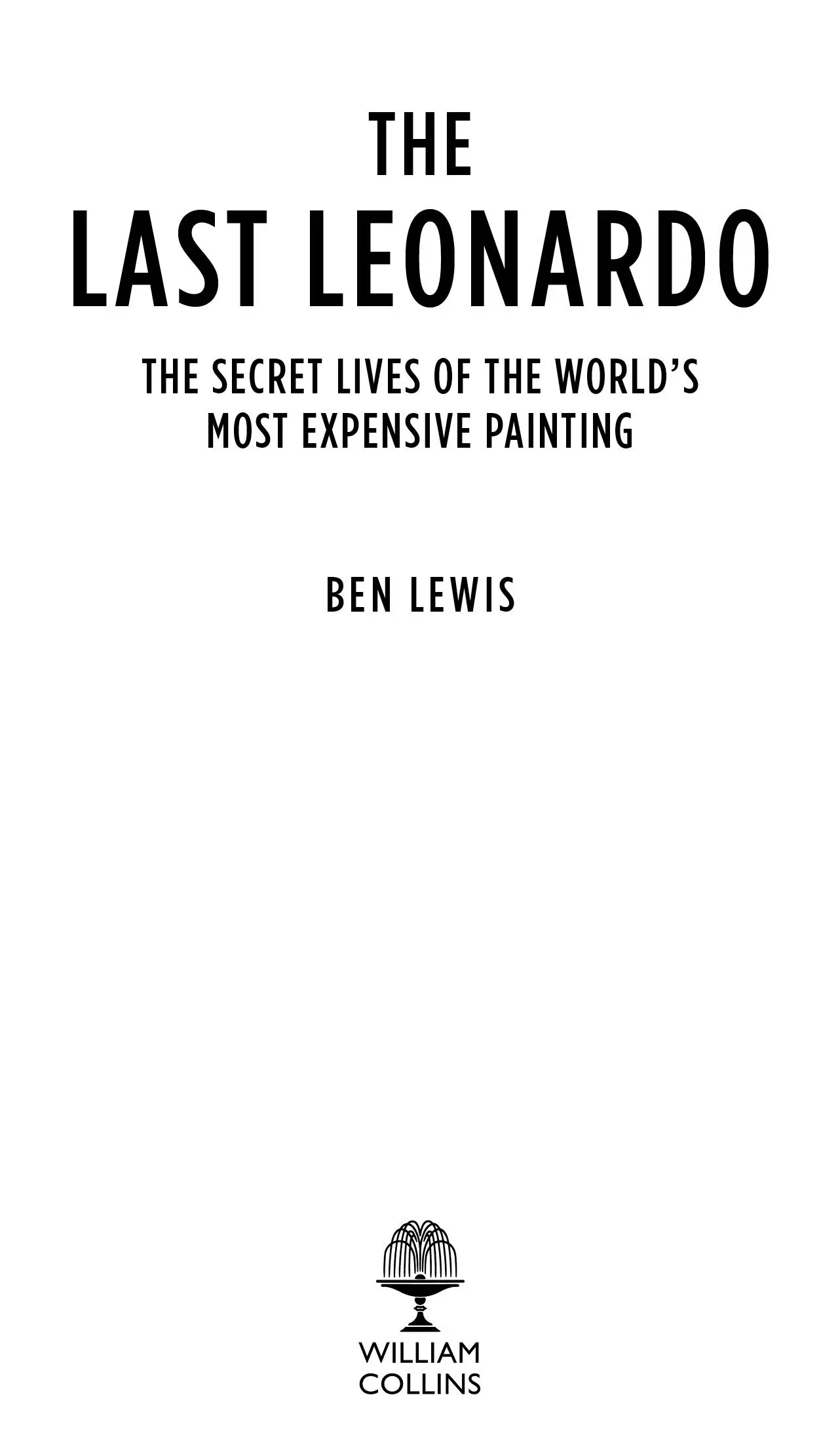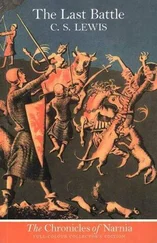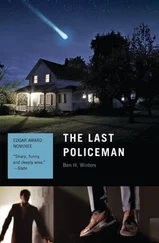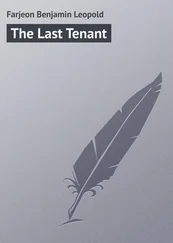
William Collins
An imprint of HarperCollins Publishers
1 London Bridge Street
London SE1 9GF
www.WilliamCollinsBooks.com
This eBook first published in Great Britain by William Collins in 2019
Copyright © BLTV Ltd, 2019
Cover image: Photo by Fine Art Images/Heritage Images/Getty Images
The author asserts the moral right to be identified as the author of this work
A catalogue record for this book is available from the British Library
All rights reserved under International and Pan-American Copyright Conventions. By payment of the required fees, you have been granted the non-exclusive, non-transferable right to access and read the text of this e-book on screen. No part of this text may be reproduced, transmitted, down-loaded, decompiled, reverse engineered, or stored in or introduced into any information storage and retrieval system, in any form or by any means, whether electronic or mechanical, now known or hereinafter invented, without the express written permission of HarperCollins.
Source ISBN: 9780008313418
Ebook Edition © April 2019 ISBN: 9780008313432
Version: 2019-04-15
Dedication
1 Cover
2 Title Page
3 Copyright
4 Dedication
5 Contents
6 Epigraphs
7 Prologue: The Legend of Leonardo
8 PART I
9 1 Flight to London
10 2 The Walnut Knot
11 3 Buried Treasure
12 4 Paper, Chalk, Lapis
13 5 Zing!
14 6 The Blue Clue
15 7 Vinci, Vincia, Vinsett
16 PART II
17 8 The King’s Painting
18 9 Little Leonardos
19 10 The Salvator Switch
20 11 The Resurrection
21 12 Lost in a Crowd
22 13 The High Council
23 14 Entertainer and Engineer
24 15 The Greatest Show on Earth
25 16 Look, Cook Forsook
26 PART III
27 17 Offshore Icon
28 18 LDV RIP
29 19 Nineteen Minutes
30 20 There is a House in New Orleans
31 21 Mirage in the Desert
32 22 Fragile State
33 Afterword
34 Picture Section
35 Acknowledgements
36 Notes
37 Bibliography
38 Index
39 About the Author
40 About the Publisher
Landmarks CoverFrontmatterStart of ContentBackmatter
List of Pages iii iv v xiii xv xvi xvii 1 3 4 5 6 7 8 9 10 11 12 13 14 15 16 17 18 19 20 21 22 23 24 25 26 27 28 29 30 31 32 33 34 35 36 37 38 39 40 41 42 43 44 45 46 47 48 49 50 51 52 53 54 55 56 57 58 59 60 61 62 63 64 65 66 67 68 69 70 71 72 73 74 75 77 78 79 80 81 82 83 84 85 86 87 88 89 90 91 92939495 96979899100101102103104105106107 108109110111112113114115116117118119120121122 123124125126127128129130131132133134135136137138139140141142143144 145146147148149150151152153154155156157158159160161162163164 165166167168169170171172173174175176177178 179180181182183184185186 187188189190191192193194195196197198199 200201202203204205206207208209210211212213214215216217218219220221222223224225226227229 231232233234235236237238239240241242243244245246247248249250251252253254255256257258259260261262263264265266267268269270 271272273274275276277278279280281282 283284285286287288289290291292293294 295296297298299300301302303304305306307308309310311 312313314315316317318319320321 322323324325326327328329 331332333334335336337 ix 339340341342343344 345 346347348349350351352353354 355356357358 359360361 363364365366367368369370371372373374375376377 379380381382383384385386387388389390391392393394395396
Having wandered some distance among gloomy rocks, I came to the entrance of a great cavern, the likes of which I had never seen. I stood for some time in front of it in astonishment. I bent over, resting my left hand on my knee, while shading my eyes with my right. I squinted, shifting first one way and then the other, to see whether I could ascertain anything inside, but this was hindered by the deep darkness within. After having remained there some time, two contrary emotions arose in me: fear and desire – fear of the threatening dark cavern, desire to see whether there were any marvellous thing within it.
The politics of Leonardo scholarship are like any other politics except that so far no blood is shed.
Signs form a language, but not the one you think you know.
It ain’t where ya from, it’s where ya at
ERIC B. & RAKIM
PROLOGUE
The Legend of Leonardo
Centuries ago, in an age when the world was still ruled by monarchs and dukes and countesses dressed in velvet and golden brocade, there lived a man of illegitimate birth, as warm-hearted in his disposition as he was boundless in his curiosity, fierce in his intellect and skilful with his hands. This man was engineer, architect, designer, scientist and painter – the greatest painter, say many, who had ever lived. A genius, say others, who had brought the modern world into being. His pictures were both real and ideal, more beautiful than anything ever seen before. He studied the natural world in its tiniest details, from the leaves on trees to the paws of bears, and in its hidden rules, such as the proportions of the human face and body. He looked far and peered close, sketching the pale horizons of mountains and peeling back men’s skin so he could see the muscles and arteries that lay beneath.
But this artist was also an enigma. When he died, he left riddles and tricks for those who wished to cherish his memory and preserve his legacy. Sometimes his masterpieces were painted with colours that faded or crumbled even before he had finished the work; others were sealed with varnishes that made them darker and darker with the passing of decades. Like many great men, he seemingly cared little for the gift God had given him, painting little and slowly, and instead burying himself in the notebooks that he filled with scribbles of magnificent ideas, which he had neither the patience nor the technology to build. He made fewer paintings than any other great artist in history, and even fewer have survived: at most only nineteen.
In the centuries that followed his death, people yearned to possess more of his work than they had; there were never enough pictures by this artist to satisfy the world’s craving for his images. Myths and theories proliferated about the pictures that had been lost, hidden or painted over. In the institutes of learning devoted to the arts, there was no higher calling than the study of this artist’s work; and among those scholars who studied his art, there was no greater glory than discovering a lost or forgotten painting, drawing or sculpture by his hand.
The stakes were high – and, if you fell on them, sharp. The artist never signed or dated his work. He had many pupils, whom he taught to paint as skilfully as himself, in exact imitation of his style, and they produced hundreds of copies of his works. Occasionally, a contemporary recorded, he would add the final touches himself – a fact which further confused posterity. Knowing the risks, the wisest scholars sought to resist the temptation to identify a lost painting, preferring to explore an overlooked fragment or a half-finished sentence in the artist’s notebooks. But, eventually, many succumbed to the allure of buried treasure. The corridors of art history libraries were full of the wailing ghosts of professors whose life’s work had been destroyed by the chimera of a ‘new’ Leonardo they believed they had found; the headlines, news reports and celebrations that greeted their discovery were replaced within years, if not months, by academic derision for what was now revealed to be a forgery or copy, betrayed by paint that had been applied too loosely, or colours pronounced too dominant, or in which there was a trim in the costume that belonged to an incongruous era.
Читать дальше













